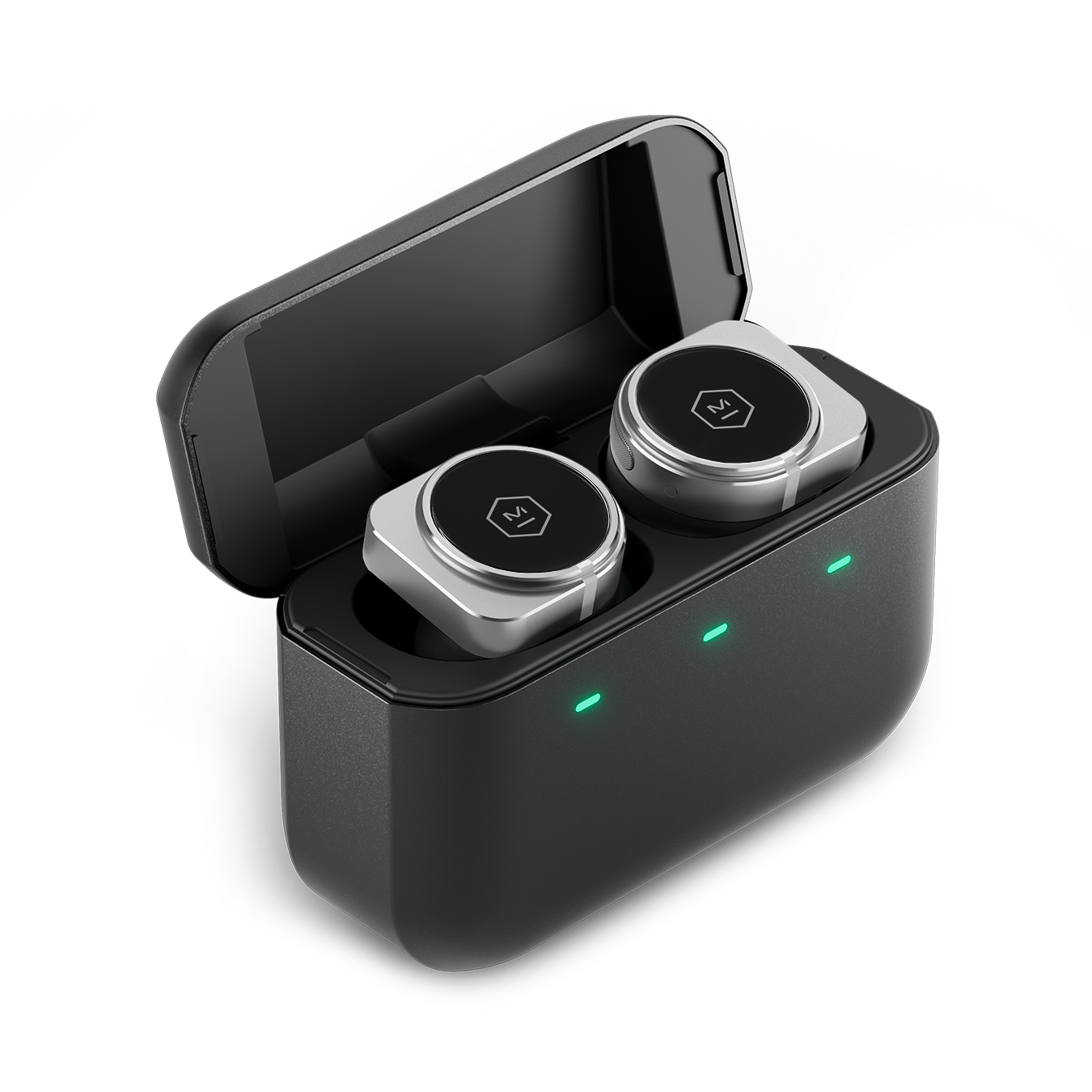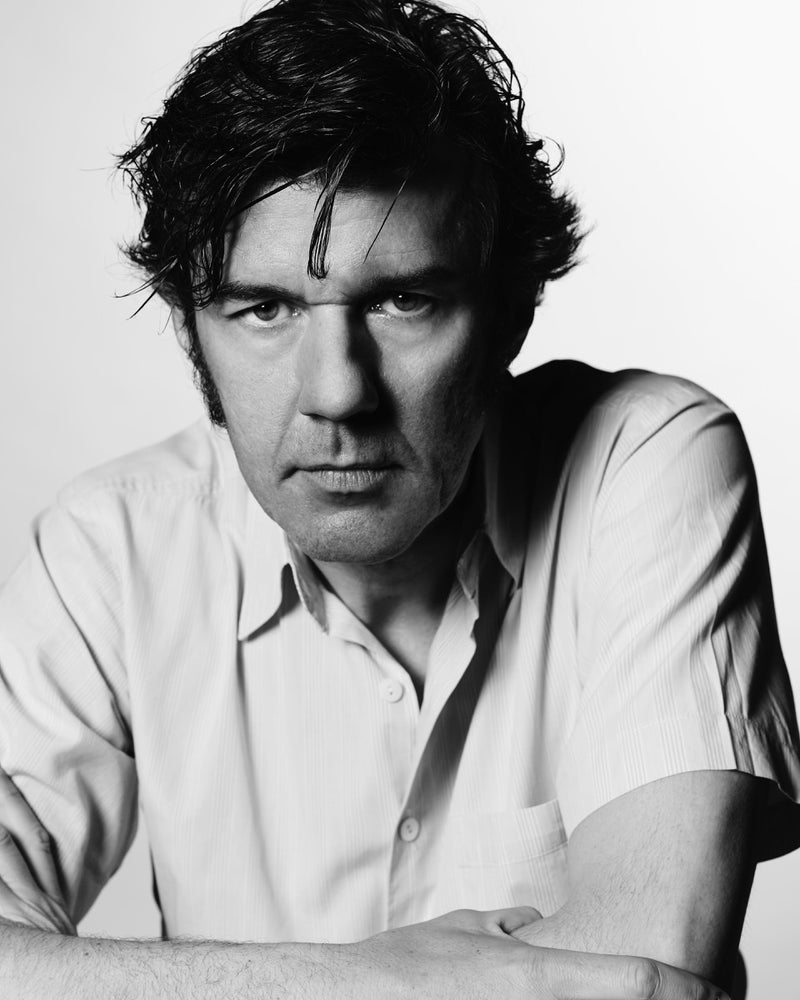May is Mental Health Awareness Month. To encourage important conversations around mental health and wellbeing within our creative community, The 10,000 spoke with Los Angeles-based TrustyScribe, a multidisciplinary artist whose work is inspired by his own personal challenges. Read on as Trusty describes how he merges aesthetics with message and meaning to tell a compelling story that lifts spirits and generates open conversation regarding mental health, and how the right song is magic.
You started out photographing street art and then began making street art yourself as part of your mental health journey. Your first artwork was a speech bubble, “Please excuse my depression, it has a mind of its own.” How has your art resonated with others and why are these connections so important?
When I started painting, I was in the depths of a paralyzing depression and in dire need of an outlet to focus 100% of my attention and energy. Writing and creating these life-size word bubbles required my full attention and became a great healing outlet for me as one of the tools on my long road to equilibrium. Only three other people knew what I was up to, but as I painted my pieces around Los Angeles, people began to discover my work and follow me on Instagram. I had only just emerged into the world as TrustyScribe when I received a message from a kid who came across my ‘Please Excuse My Depression,’ piece. He shared that he had tried to kill himself a number of times that year, but my words let him know that he’s not alone in this world and he just wanted to say thank you. I was absolutely floored by the message. I mean, I intended for people to hopefully stand with my work and take photos to complete the pieces of art by interacting with them, but I never thought that something I created could be so impactful. It really cemented for me that my words painted on walls could potentially transcend the medium, transcend the artform and resonate in ways that I could never have dreamed.
Since then, my work has really been a balance between mental health and inspiration, spreading messages of love and compassion along with really specific and poignant, and sometimes challenging pieces like, ‘I Don’t Want To Kill Myself, I Just Don’t Want To Be Here Anymore.’ Besides lifting people’s spirits, I’ve found my work has been a key to unlocking the door to people’s own mental health journey. For the first time, people are finding words for the feelings they’ve had their entire lives. This sense that they’re not alone and that they don’t have to suffer in silence is critical. At the end of the day, we are all on this collective journey together, and by talking honestly about what we are going through, to no longer suffer in silence, to find love and compassion for ourselves and for one another will truly be the foundation to a better and more loving world.

























